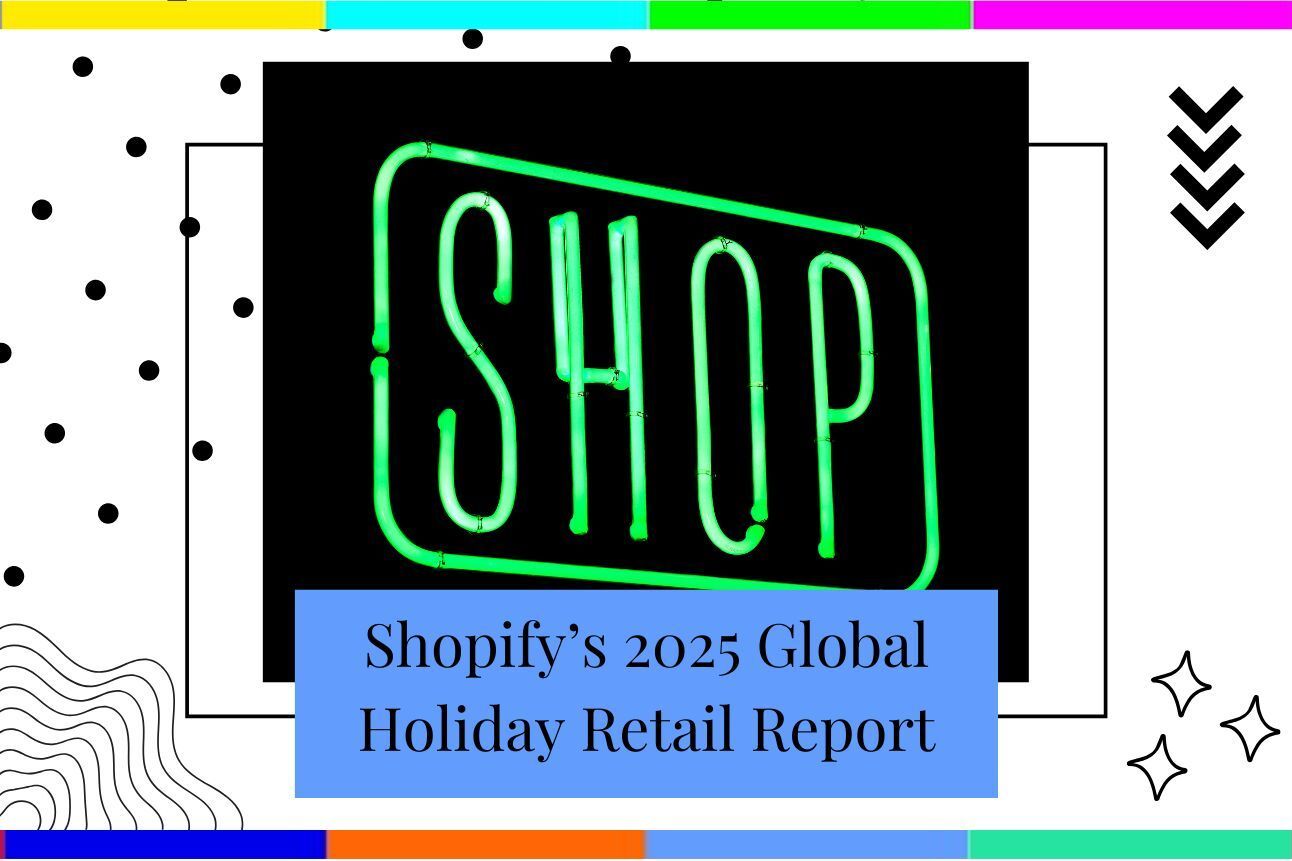What Pushes the Final Decision to Convert?

At the bottom of the funnel (BOF), your audience already believes your product works. The final decision rests on emotion, risk perception, and reassurance. This week, we look at real examples of how psychological triggers - used ethically - can turn hesitation into confident conversion.
Here’s the idea: The psychology of the final “yes”.
At BOF, you’re not competing for attention; you’re competing for certainty. Studies from the Journal of Consumer Research show that people use post-rationalization to justify their emotional buying decisions. That means your job isn’t to push - it’s to help them make sense of what they already want. Cues like social proof, risk reduction, and identity alignment can tip the scale. Email is the ideal medium here because it allows you to speak personally, close gaps in confidence, and reaffirm belonging.

Teardown
What Works:
Bloom Agency’s case study reported a 19% uplift in conversions for a skincare client after optimizing their email journey around “routine consistency” messaging. Rather than pushing urgency, the campaign reinforced identity - skincare as self-discipline.
What Fails:
A 2024 Baymard Institute study confirmed that overly aggressive urgency tactics (like pop-ups and countdown timers) can increase abandonment rates when shoppers already have strong intent. People abandon when they feel manipulated, not when they lack incentive.
Why:
BOF success hinges on emotional reassurance, not force. Urgency without empathy reads as pressure.

Framework
Things to Consider:
What emotional reassurance does your buyer need right before purchase?
Does your copy affirm competence and identity, or apply pressure?
Can you add trust cues (reviews, guarantees, or transparent policies) inside the final email sequence?
Decision Path:
Identify the hesitation (risk, uncertainty, or identity misfit).
Address it explicitly (testimonials, refund policy, onboarding clarity).
Reinforce belonging (“people like me succeed with this”).
Trade-Offs:
You can gain short-term conversion lifts from scarcity. But psychological safety builds long-term revenue. Reassurance compounds; urgency burns out.

Outcome Focus
Human: Buyers want to feel smart and safe about their decision.
Business: BOF emails that balance trust and identity see higher purchase confidence and retention.

Measurement Prompts
Are you tracking reassurance signals (reply rate, satisfaction) alongside conversion?
Which BOF emails generate the most replies or refund requests?
How often are you using fear versus proof in closing sequences?
Metrics:
Cart recovery rate
Post-purchase NPS or satisfaction score
Return/refund volume

Ethics Check
Transparency matters more than persuasion. Only use scarcity if it’s real. False urgency erodes brand equity and violates most consumer protection laws in Canada.

Reflect and Apply
Which of your last BOF emails relied on pressure instead of reassurance?
How could you embed identity-based language into your closing CTA?
What guarantee or social proof would calm a hesitant buyer today?
The Future of the Content Economy
beehiiv started with newsletters. Now, they’re reimagining the entire content economy.
On November 13, beehiiv’s biggest updates ever are dropping at the Winter Release Event.
For the people shaping the next generation of content, community, and media, this is an event you won’t want to miss.
Tip of the Week
Instead of “Offer ends tonight,” try “Your order today helps us ship by Monday.” It’s still time-based, but grounded in reality.
Practical Focus
Use Emails for Onboarding Sequences for the Assist
Asana’s onboarding emails are a classic BOF example. Instead of shouting “Upgrade now,” they highlight how teams “like yours” use premium features to save hours weekly. The framing builds competence, not pressure - and supports Asana’s 95%+ retention rate among team plans.
What’s Happening in the World?
Shopify’s 2025 Global Holiday Retail Report Has Landed

According to Shopify’s Q3 2025 earnings report, stores using branded post-purchase experiences - including personalized follow-ups and reassurance emails - saw 1.6× repeat purchases compared with those relying on standard receipts. The lesson: the funnel doesn’t end at checkout.
A Final Note
Educate Over Selling
At the bottom of the funnel, psychology matters more than price.
Help your customer feel smart about saying yes. That’s how you build a purchase that sticks.

At the bottom of the funnel, the question isn’t “How do I get them to buy?” It’s “How do I make this decision feel safe?” Trust scales slower than urgency - but it scales deeper.
And remember: persuasion without patience is just pressure in better packaging.
Until next Tuesday,

Practical marketing psychology for email and lifecycle.
Ships every Tuesday.

